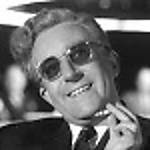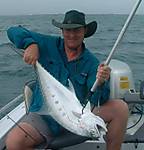I've started my next build. I first learned about this aircraft back in my online flight simming days. It quickly became one of my favorites, so now I am going to build it and see it in real 3D for the first time.
Here are the box art and the sprues:

Seems that I always have to get the cockpit out of the way first. Because you can see it and not see it, it's one of my least favorite areas. I'm not much for open hatches or cutaways, and peering through the perspex at this scale seems to me a waste of time. Here's my effort, anyway.

The cockpit is at it's widest equal to or broader than that of the P-47. But the opening is no bigger than the cockpit opening of a 109. I'd bet in 1/32 scale, you could make it real flash.
This is the forward view of the Homare 18-cylinder radial engine.
I was tempted to plumb the forward part of the engine with some fine copper wire I have until I googled an image of the engine:

I decided I'd save that effort for a bigger scale some time in the very distant future.
And a rear view of the engine:

I drilled out each exhaust pipe with a .5mm drill bit and then angled it to each side to try to capture the oval opening. Each hole is so tiny, that they're barely visible even with my glasses on.
The fuselage and wings are buttoned up, but not prettied up yet. So, no picture...
Thank you for looking!
Gary




